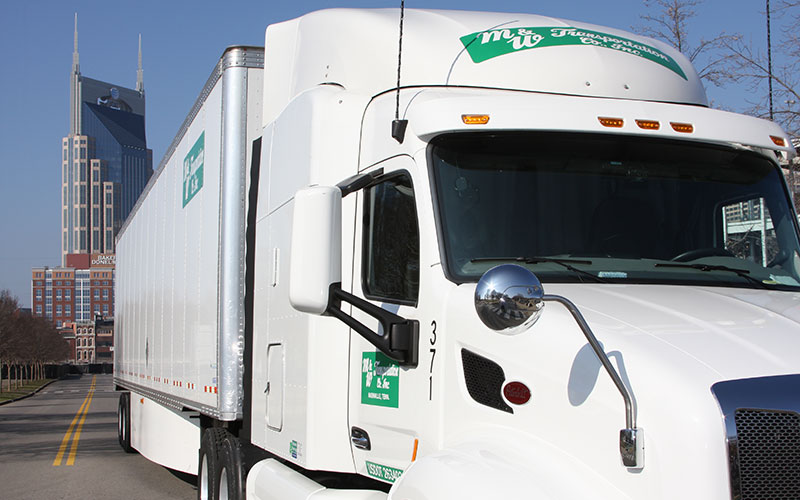What is the Difference Between a Class A and Class B CDL?
If you’re considering getting your truck driver’s license, it’s important that you know the difference between a Class A, Class B and Class C CDL (Commercial Driver Licenses). Each of these licenses allows you to legally operate a specific class of vehicles. Class C licenses are generally designated for drivers who are transporting 16 people or more, but there can be some confusion between Class A and Class B license requirements when you are looking for trucking jobs.
What is a Class A CDL?
Class A licenses allow individuals to accept truck driving jobs with a semi-trailer or trailer that has two or more axles. This could include vehicles weighing in excess of 26,000 pounds. There are some qualifications to the law, such as the requirement that the towed vehicle has a weight rating that exceeds 10,000. Trucks that you can drive include tankers, flatbeds, double and triple trailers and 18-wheelers.
What is a Class B CDL?
If a trucking job requires a Class B CDL, you can rest assured that you won’t be asked to drive a trailer with two or more axles. Class B licenses only allow operators to operate heavy straight vehicles. Towing of another vehicle is allowed, as long as that vehicle is not greater than 10,000 pounds. This type of truck generally includes segmented buses, box delivery trucks, dump trucks and school buses.
Commercial truck driving jobs offer a stable career with great pay and are well worth the time required to become trained and obtain your Class A or Class B CDL. Each of these certifications allows the government to ensure that safety rules are being followed on the road — protecting both truck drivers and all individuals who drive the highways and byways throughout America. Learn more about starting your career as a truck driver at M&W Logistics today. You can apply online or learn more about the requirements of being a truck driver online.

